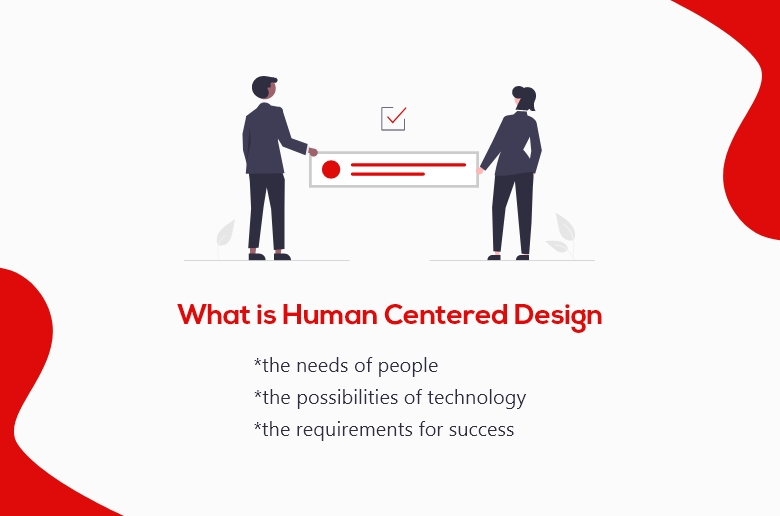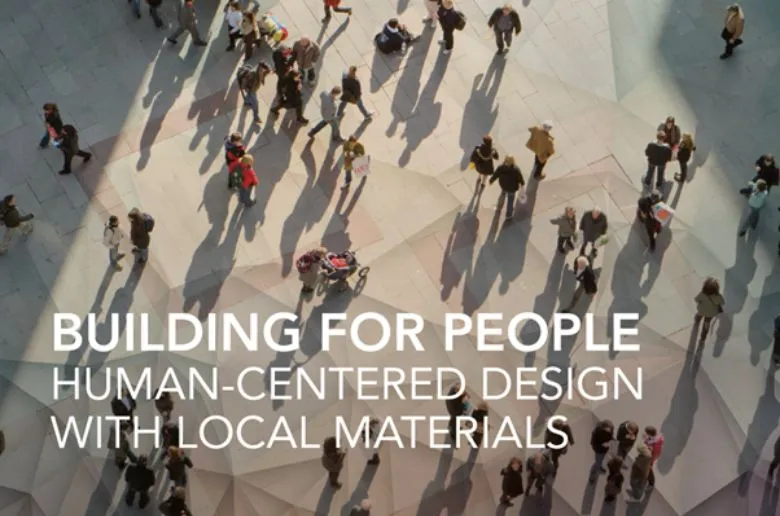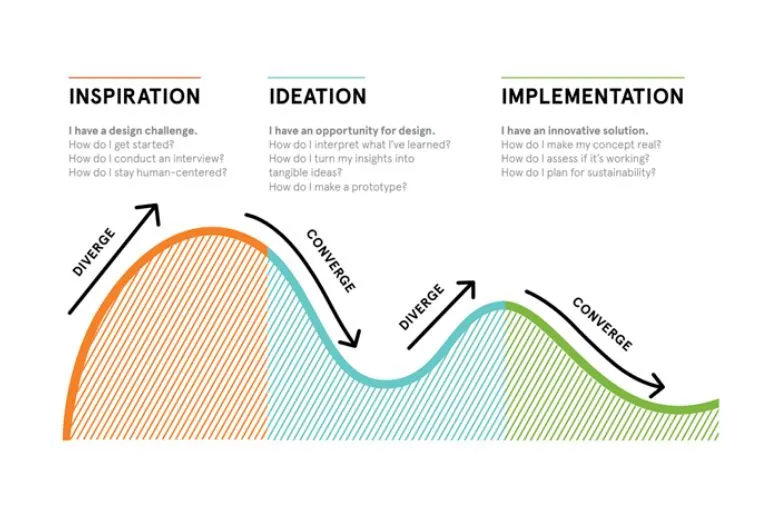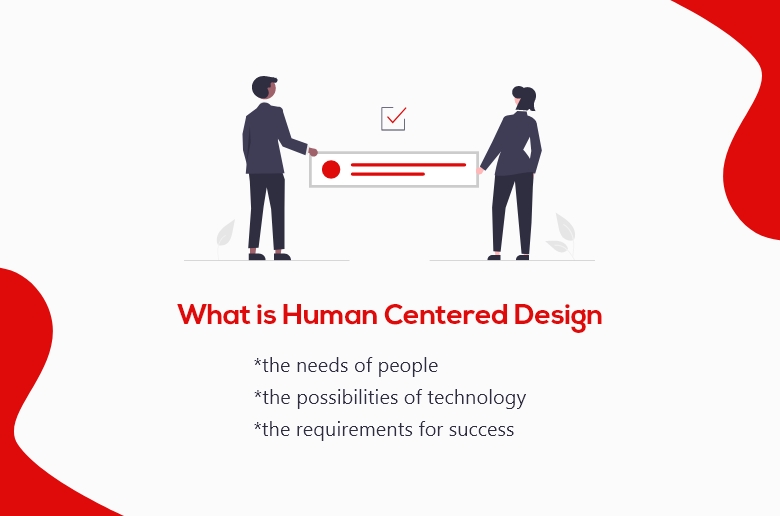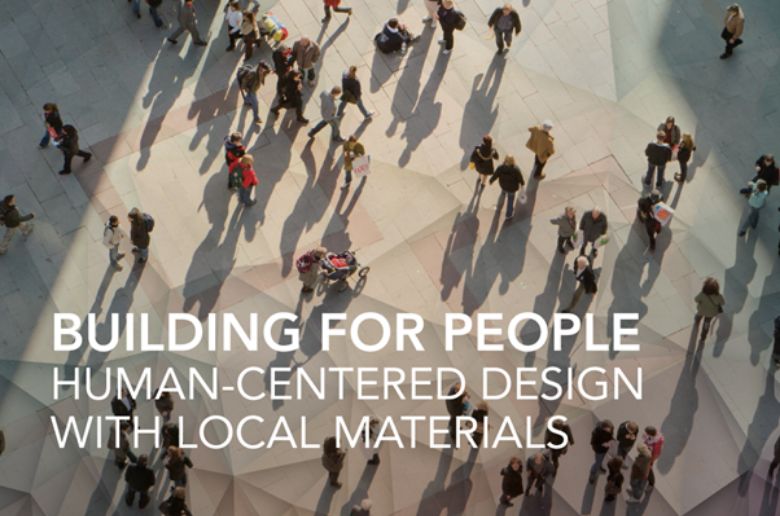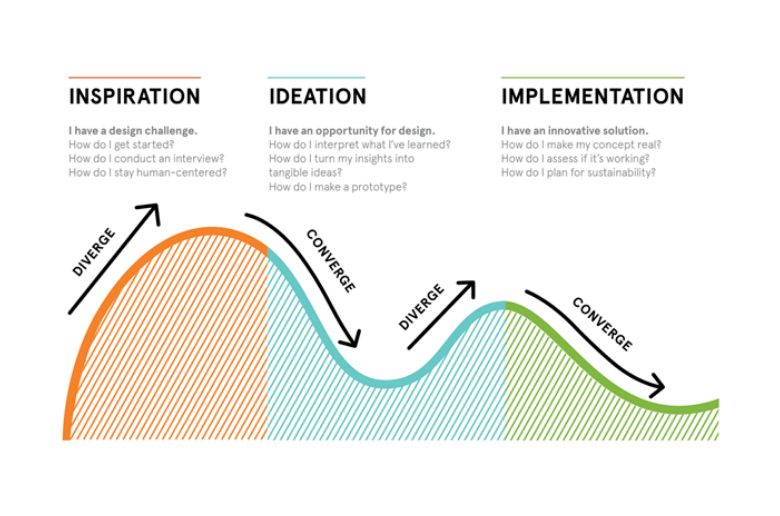During World War II, military and industrial leaders were employing even more detailed management strategies, eventually leading to more standardized processes like the critical path method.
By the early 20th century, Frederick Taylor applied concepts of project management to the work day, developing strategies for working smarter and improving inefficiencies, rather than demanding laborers work harder and longer. Henry Gantt, an associate of Taylor’s, took those concepts and used bars and charts to graph when certain tasks, or a series of tasks were completed, creating a new way to visualize project management.



